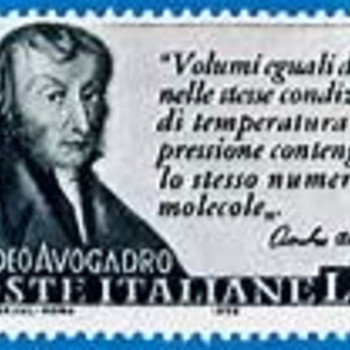What is the density of a substance that has a mass of 112 g and a volume of 53 mL?
2 Answers
Explanation:
By definition,
Here, we are given the mass and the volume with respective units of
Would this substance float? Why or why not?
Explanation:
Density is simply a measure of the mass of exactly one unit of volume of a given substance.
In this case, your sample is said to occupy a volume of
You already know that
overbrace((color(blue)(?)color(white)(.)"g")/"1 mL")^(color(red)("the density of the substance")) = overbrace("112 g"/"53 mL")^(color(red)("its known composition"))
Rearrange and solve to find
color(blue)(?) = (1 color(red)(cancel(color(black)("mL"))))/(53color(red)(cancel(color(black)("mL")))) * "112 g"
color(blue)(?) ="2.1 g"
So, if
color(darkgreen)(ul(color(black)("density = 2.1 g mL"^(-1))))
The answer is rounded to two sig figs, the number of sig figs you have for the volume of the sample.


